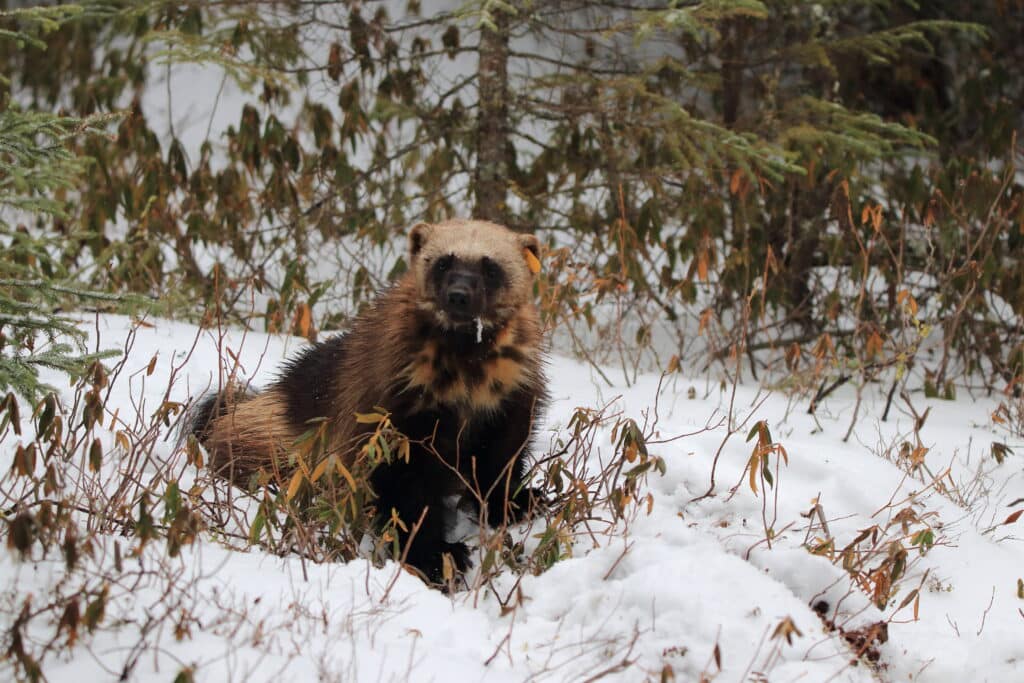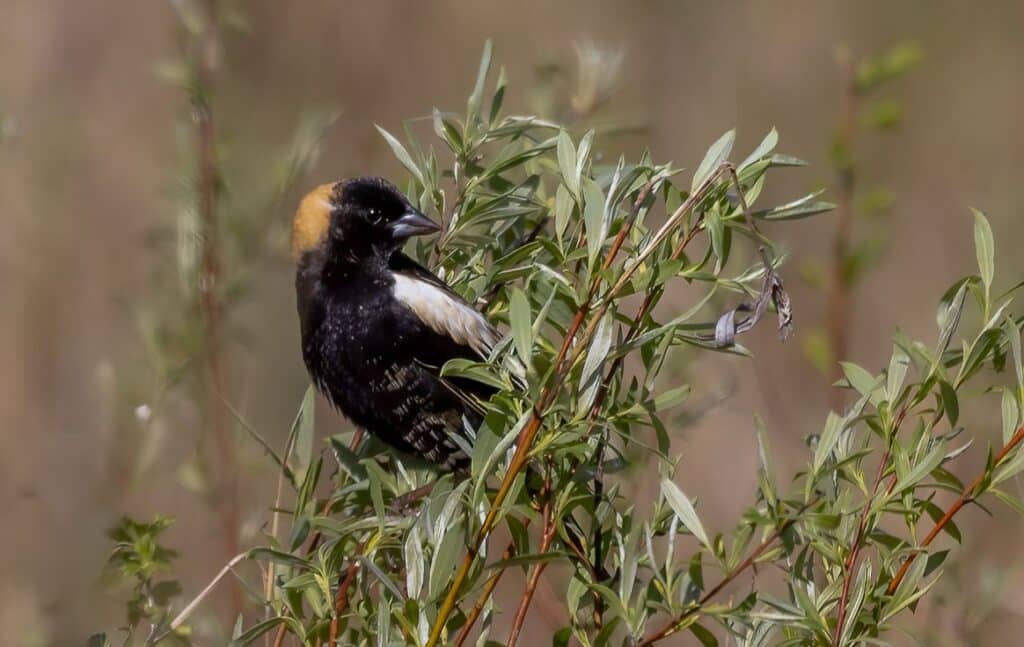Main photo: © ELAINE CORDON
With support from the KM Hunter Foundation, Wildlife Conservation Society Canada (WCS Canada) continues to advance cutting-edge conservation research across the country.
A new study published in Ecology & Society, in partnership with the Tr’ondëk Hwëch’in First Nation, challenges conventional methods of integrating Indigenous knowledge into conservation. Instead, it proposes a “Two-Eyed Seeing” approach—where Indigenous and Western science are valued equally and coexist independently. This approach is already shaping land-use planning in the Yukon, offering a powerful model for decolonizing conservation work.
In Ontario, WCS Canada is responding to the controversial Bill 5 with scientific analysis and public advocacy. Their experts are raising concerns about the bill’s sweeping implications for biodiversity, endangered species, and democratic processes. Through podcasts, webinars, and formal policy submissions, WCS Canada is leading informed resistance against environmental rollbacks.


Images above: © SUSAN C. MORSE, © ISABEL MONITA
Field season is also in full swing, with scientists collecting data on elusive species like the wolverine and Thick-billed Murre, whose Arctic populations face growing threats. WCS Canada’s recent findings highlight both the vulnerability and resilience of these species in the face of human disturbance.
We’re proud to support WCS Canada’s tireless work safeguarding Canada’s biodiversity through respectful collaboration, rigorous science, and community-rooted solutions.
Dive Deeper inti the issues: Journal articles, reports & resources
Guide: Key Biodiversity Areas & the Global Biodiversity Framework
Wolverines and wilderness: A review of wolverine response to human disturbance
Read more: wcscanada.org
